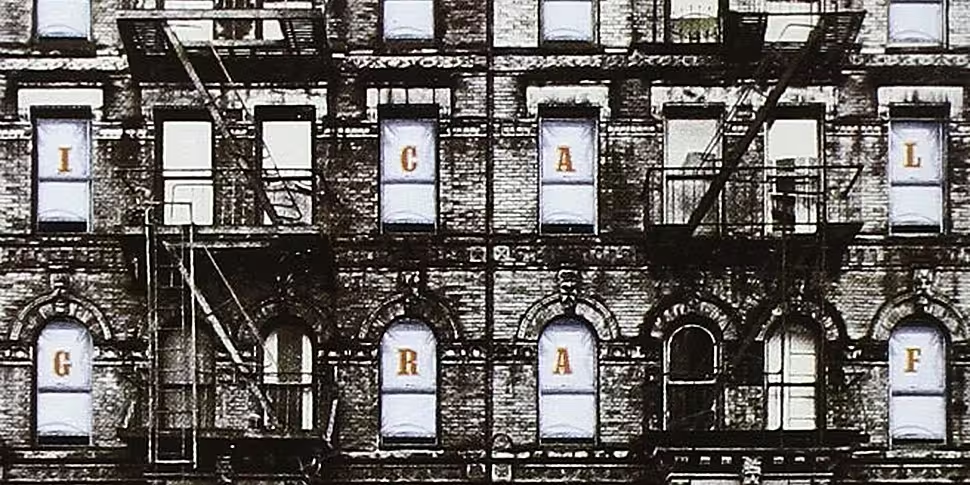Double albums don’t happen anymore, the MP3, and in truth the 74 minute length of the CD, made them redundant. They came from a time when artists, generally at the peak of their powers, could no longer squeeze all of their magnificence into one measly vinyl album. They needed their space, man! They needed four sides of vinyl.
Jazz artists had been doing it a while, but only jazz heads were paying attention, and they are both long dead. Pop artists were expected to be in and out and deliver three verses, many choruses and a solo in two minutes. Pop singles only started to creep past 3 minutes in the sixties, and even then you needed to be selling millions to be allowed to do that.
And then came Dylan. In 1964 and 1965 he had ripped up all existing rule books. The three albums from those years, Another Side of Bob Dylan, Bringing it all Back Home and Highway 61 Revisited, were stunning and culminated in his first ever number one single, the six minute long Like a Rolling Stone.
So where to next? The answer was a double album, the first in the pop / rock world. It was called Blonde on Blonde, and remains to this day one of the greatest albums of all time. It has pop(ish) tracks where needed, but the longer tracks are just perfect, they needed the time they got. And the breadth of styles is stunning.
Blonde on Blonde established a blue print for what a double album could be. It allowed songs space to breathe. It didn’t just cut songs for the sake of radio. It allowed for the inclusion of some songs whose style might not have fit a single album. It gave the artist, in this case at the height of his powers, space to explore his craft.
The Beatles took it further on the White Album in 1968. Many people regard this as the best double album ever. It sounds at times like a compilation of Beatles solo albums. It’s the one Beatles album where you can easily identify who wrote what. It also gives them again, artists at the peak of their powers- space to experiment.
The problem for the artist with a double album is knowing when worthwhile experimentation has crossed the line into tedious indulgence. Luckily most of the artists who have attempted double albums were already grounded enough in pop / rock reality to know when to stop. Except of course the Prog Rock generation, about whom the less said the better.
The double album remains a strange beast. Get a band or artist on form – say Stevie Wonder on Songs in the Key of Life – and something joyous results. It’s like watching Messi play for 90 minutes plus extra time. He might be tired in extra time, but its still Messi, and he does things, tired or not, that are simply wonderful.
So here are the double albums you MUST check out...
- Bob Dylan – Blonde on Blonde (1966)
- The Beatles - The Beatles (1968)
- Jimi Hendrix – Electric Ladyland (1968)
- The Rolling Stones- Exile on Main Street (1972)
- Elton John – Goodbye Yellow Brick Road (1973)
- The Who- Quadrophenia (1973)
- Led Zeppelin – Physical Graffiti (1975)
- Stevie Wonder – Songs in the Key of Life (1976)
- The Clash –London Calling (1979)
- Prince – Sign of the Times (1987)
- The Cure – Kiss Me, Kiss Me, Kiss Me (1987)
- Manic Street Preachers - Generation Terrorists (1992)
- Smashing Pumpkins – Mellon Collie and the Infinite Sadness (1995)









